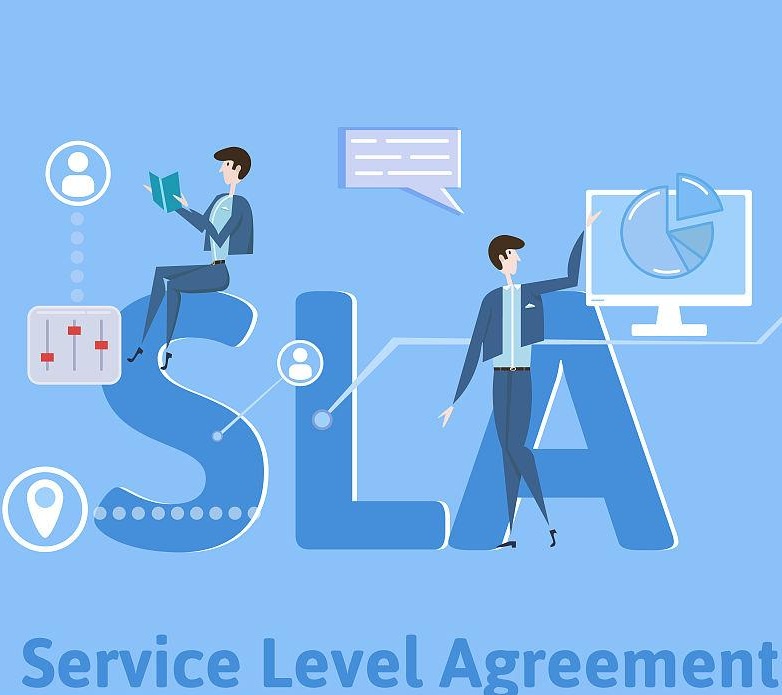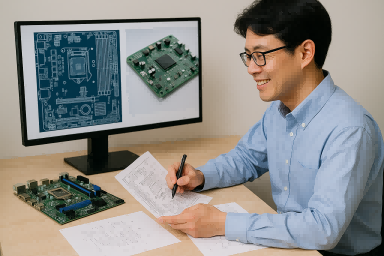Service Level Agreement (SLA) Overview

Support Levels That Scale With Your Needs
From early prototyping to full-scale deployment across retail, automation, and smart infrastructure in the U.S., our support plans are built to meet your operational needs—backed by U.S. business hour availability and response
On-site deployment guidance (optional)
Standard Support
Ideal for development-stage or low-volume deployments.
Priority Plan
Recommended for U.S. systems integrators and mid-sized OEMs.
Enterprise SLA
For mission-critical, high-volume, or national rollouts.
For detailed SLA timing by issue type, see the Response & Resolution Table below.
Clear Expectations. Fast, Reliable Support
To keep your projects moving, we provide defined response and resolution times based on the severity of your request. All times below are aligned with U.S. Pacific Time (PT) business hours (Mon–Fri, 9:00 AM–6:00 PM PT), ensuring consistent communication across time zones.
| Severity Level | Situation | Response Time | Resolution Target |
|---|---|---|---|
| Critical | Hardware failure or system outage | Within 2 business hours | Within 4 hours or workaround |
| High | Major impact on performance or integration | Within 4 business hours | Within 12 business hours |
| Medium | Non-blocking issue, partial function loss | Within 8 business hours | Within 1 business days |
| Low | Minor issue, general inquiry or feedback | Within 24 business hours | Within 3 business days |

Not Seeing the Insight You’re Looking For?
Let us know what market, application, or trend you’re tackling—we’ll help you find the right data, or even generate a new report tailored to your industry.
Real-World Performance, Measured and Verified
Beyond marketing claims, real engineers want to see how embedded systems behave under load, heat, and time. This section provides benchmark data, electrical test results, and compatibility reports for power, thermal, and performance-critical use cases.
Featured Benchmarks
Performance isn’t just about specs on paper—it’s about how systems behave under real-world pressure. These benchmarks highlight how our Mini-ITX and embedded boards handle power fluctuations, thermal loads, EMI exposure, and edge AI tasks—so you can design with confidence.
Power Input Stability Test (12V/24V)
Simulated brownout and voltage spike events across 5 Mini-ITX models.
Result: 4/5 models passed ±10% variance under 80% load with zero reboot events.
Fanless Thermal Stress Report (45°C Ambient, Passive Cooling Only)
TDP response across Intel N-series and AMD V-series boards over 8 hours.
Result: Only 2°C variance in core temp drift, confirming safe heat dissipation envelope.
I/O Port ESD & EMI Compatibility Summary
USB, COM, and HDMI ports tested for surge, static discharge, and RF interference.
Result: 100% compliance with IEC 61000-4-2 and -4-4 standards.
Application Benchmark: AI Inference on Edge Nodes
ResNet-50 model runtime comparison on different CPU/GPU boards.
Result: AMD V1605B + OpenCL achieved 1.4× faster inference vs. Intel N5095 baseline.
Technical Documents, All in One Place
Need in-depth specs, regulatory guidelines, or a design-ready CAD file? Our Resource Library collects everything engineers, developers, and procurement teams need to move forward—from compliance reports to whitepapers and install guides.
Key Resource Categories


Frequently Asked Questions About Our Industry Insights
Understand how we collect, verify, and apply industry trends to real-world embedded computing decisions. Here are the most common questions from engineers, strategists, and solution architects.
What sources do you use for your industry insights?
We use data from real-world deployments, partner platforms (Intel, AMD, ARM), market trend reports, and internal testing across vertical use cases.
Are these insights vendor-neutral or brand-specific?
We focus on Mini-ITX and embedded solutions using Intel, AMD, NVIDIA, and ARM—but always frame data to solve application challenges, not to promote specific chip vendors.
How accurate and current is the information?
Every article is verified by our hardware team. We update benchmarks and application insights quarterly based on the latest Mini-ITX deployments.
Do these insights apply to custom PCBA designs?
Yes. Many insights are drawn from custom board-level projects—especially for compact AI, smart terminal, or fanless edge systems.
Can I share these insights with my team?
Absolutely. You can link to our pages or summarize with credit. Just don’t alter or rebrand the source without permission.
Can I request analysis on a specific vertical?
Yes—OEMs and integrators can request focused insights on sectors like medical, smart retail, automation, and more.
Recommended Reads: Behind the SLA
Discover how service levels impact real-world deployments—from power recovery in retail kiosks to firmware rollbacks in factory automation. These blog posts unpack the “why” behind our SLA commitments.
Intel Celeron N150: Balancing Power, Performance, and Practical Efficiency in Compact Systems
Table of Contents 1. Introduction: The Role of the N150 in Modern Embedded Platforms 2. CPU Microarchitecture and Platform Integration 3. Thermal Design and Power Consumption in Real Deployments 4.…
Intel Celeron N300: Engineering Low-Power Performance for Modern Embedded Systems
Table of Contents Introduction: The N300’s Place in Embedded and SFF Markets Architecture & SoC Integration Power Consumption & Idle Realities BIOS & Tuning for Sustained Performance Thermal Performance &…
